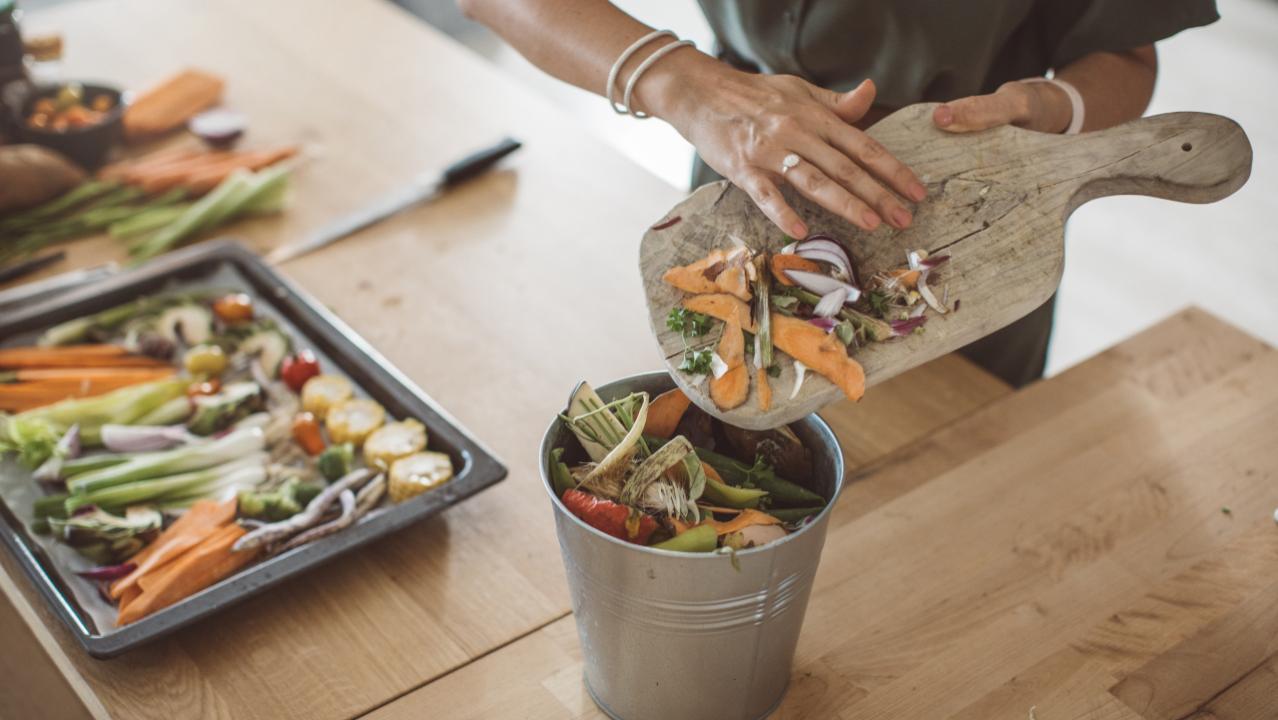
Eating right is very important and that highlights the need for good nutrition in what we eat every day. The Covid-19 pandemic led to many people entering the kitchen and probably attempting to cook their own food. This is many ways has fuelled the age-old tradition of zero-waste cooking.
Faster lives and economic downturn have impacted cooking patterns, taste preferences, and the nutritive diversity of the Indian diet over the last decade. And chefs, farmers, and experts are particular in pointing out that the onus also lies with consumers who need to be receptive, reflective, and action-oriented in bringing desi vegetables back. “We`ve been hard-wired to crave convenience when we should crave food that is nutritious and better,” muses Chef Zacharias, expressing hope that these behaviours may be unlearned.
One area of concern post-pandemic is how socio-economic constraints have skewed diets, especially for those with limited access to nutritive produce. “How can we rationalise the argument of making more vegetables a part of the diet?” says Dr. Pushpesh Pant, eminent food historian. “As recently as three decades ago, five rupees bought five kilos of fresh green peas. Today, they cost more than a hundred! Even people of affluent means watch prices so what do people in lower-income brackets do? The solution according to him may lie in options like the Chandigarh farmer mandis or cooperatives, that bring vegetables to a central location.”
As solutions go, supporting farmers, cutting out middlemen, and encouraging fair trade is the way forward. And this model is being explored around the country. For instance, Spudnik Farms, a network of Community-Supported Agriculture (CSA) farms bring pesticide-free, organic fruits and vegetables to consumers in Bangalore through a subscription model.
“Our model has gained popularity, especially over the last two years during the pandemic. It`s convenient and allows people to engage in responsible consumption,” explains founder Sumeet Kaur. The trend is also validated in the Godrej Food Trends Report 2022 which indicated that 34.9 per cent of experts opted for meal subscriptions from trusted sources.
Indian culinary culture has roots in leaf eating at its very ethos. Roots, stems, leaves, flowers, fruit, pods, and seeds are all consumed throughout the plant life cycle. Even peels and stems that would be discarded are used. And what is not edible is turned into compost for the garden. As a matter of fact, 36.5 per cent of food experts in the Godrej Food Trends Report 2022 endorsed no-waste cooking, another encouraging trend that will surely gain momentum in the years to come.
Interestingly, flowers, from pumpkin and onion to neem, tamarind, kachnar, banana, and more, are eaten all over some for taste, others for their nutritive properties but rarely get mentioned. “In the North East, we eat many flowers,” shares Assamese home chef Gitika Saikia, a pioneer in the space who put indigenous plants on her pop-up menus almost a decade ago. “In Assam, Indian Sorrel and Roselle flowers (Tenga Mora) are used for souring fish curry. In Manipur, mustard flowers are made into a bitter soup and consumed for their medicinal properties.” Forty per cent of the food experts engaged with the Godrej Food Trends Report 2022 predict that plant-forward menus will be dominant.
Excess produce is dried, pickled, preserved, or fermented based on the climate. Drying vegetables is a practice followed across many parts. “A 100 years ago we could not predict monsoons, so people were always prepared. Everything from tomatoes to parwal and karela and even onions and potatoes were sliced and dried. As were many green leafy vegetables, some would be pounded into powder to be cooked with rice water as a substitute for dal when it got expensive,” shares Shwetha Mohapatra, creative director, and food writer.
“In Chhattisgarh, traditionally we dried Sukhsisaag in the winter, everything from tomatoes, brinjal, broad beans and yams to Tiwra bhaji or pea greens which are rehydrated in hot water and cooked in lean seasons,” reminisces regional food chronicler Garima Tiwari. And because drying changes the textures and flavors of vegetables, this adds another category to the vegetable repertoire. Dried vegetables have a cult-like following, from the HokhSyun of Kashmir, Sukhsa of Uttarakhand, and Ker Sangri of Rajasthan to Vathals of the South.
Also Read: Inktober 2022: How this Punekar is creating unique dishes influenced by the annual art challenge
This story has been sourced from a third party syndicated feed, agencies. Mid-day accepts no responsibility or liability for its dependability, trustworthiness, reliability and data of the text. Mid-day management/mid-day.com reserves the sole right to alter, delete or remove (without notice) the content in its absolute discretion for any reason whatsoever
Stay connected with us on social media platform for instant update click here to join our Twitter, & Facebook
We are now on Telegram. Click here to join our channel (@TechiUpdate) and stay updated with the latest Technology headlines.
For all the latest Food and Drinks News Click Here
